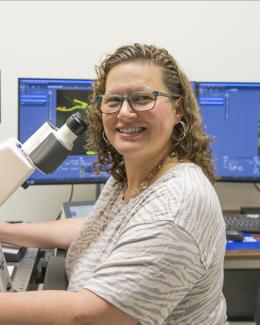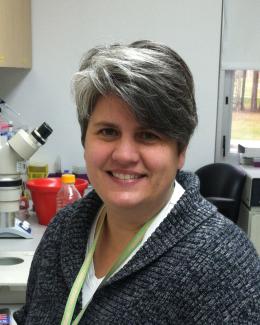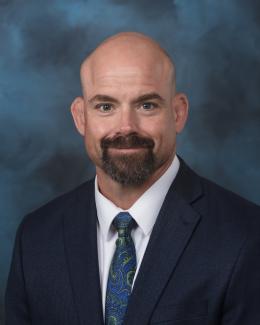Oak Ridge National Laboratory researchers have built a novel microscope that provides a “chemical lens” for viewing biological systems including cell membranes and biofilms. The tool could advance the understanding of complex biological interactions, such as those between microbes and plants.
The noninvasive instrument, detailed in Optics Letters, allows researchers to capture images using ultrashort laser pulses. These intense pulses illuminate large areas of a sample, generating colors of light that allow detection of different chemical species. The approach quickly produces images over a wide field of view with chemical details.
“Because you’re getting the whole image all in the same shot, you’re able to study changes in space and in time,” ORNL’s Benjamin Doughty said.
Unlike common bioimaging techniques that can destroy or disturb samples, this label-free tool can be used on unaltered, living cells. The microscope is made with commonly available components, which may accelerate its implementation.













